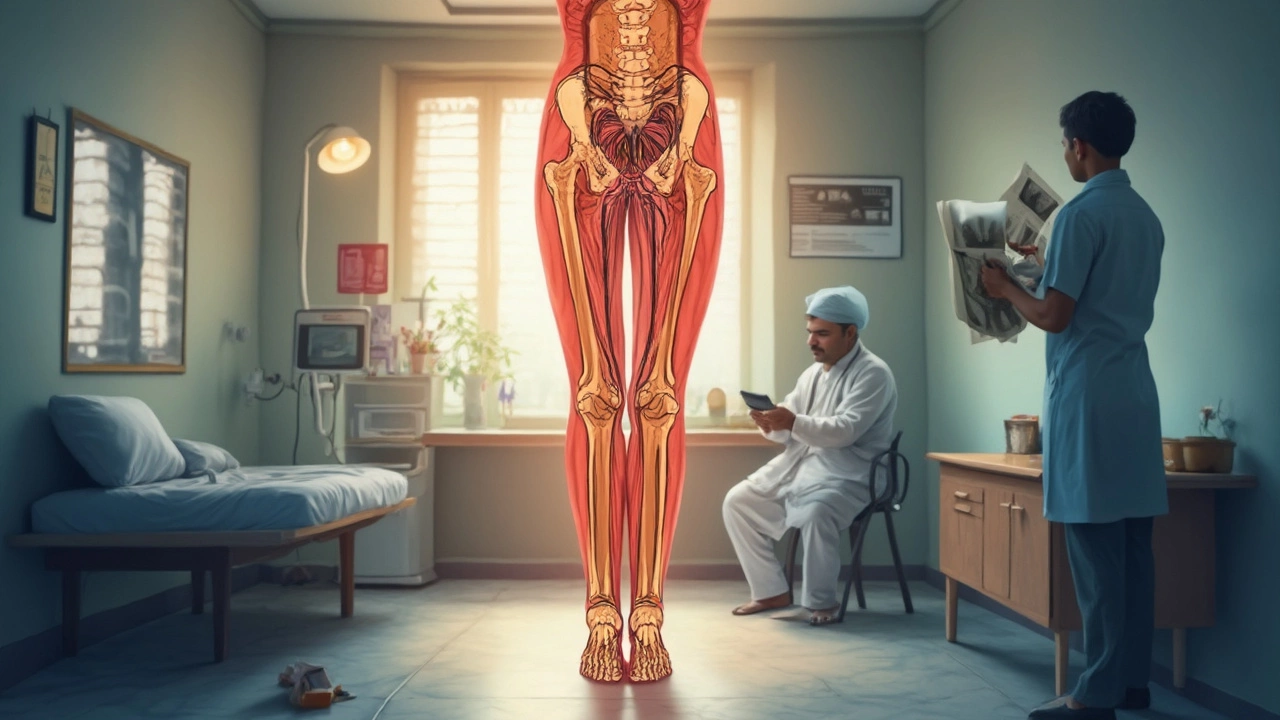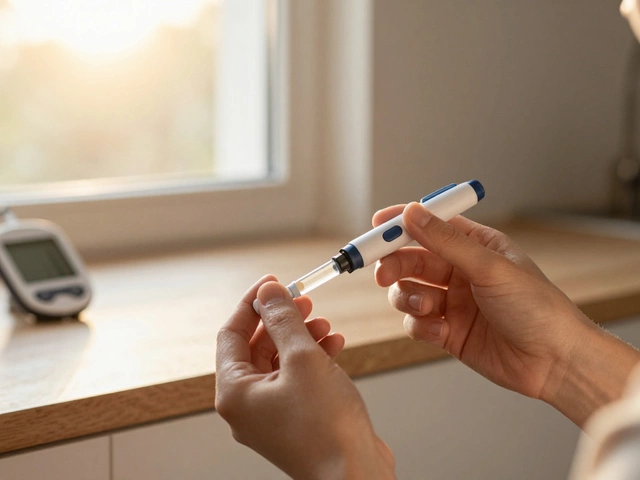Orthopedic Injuries: What They Are and How to Handle Them
If you’ve ever twisted an ankle, felt a sharp knee pain, or heard the term "orthopedic" in a doctor’s office, you’re already dealing with orthopedic injuries. In plain words, these are injuries that affect bones, joints, ligaments, tendons, and muscles. They range from a simple sprain to a complex fracture that needs surgery.
Why does it matter? Because these injuries can keep you from moving, working, or doing the things you love. The good news is that most orthopedic problems have clear steps you can follow to heal faster and avoid future trouble.
Common Orthopedic Problems and Quick Fixes
Here are the top three issues you’ll see on our site and a fast tip for each:
- Knee pain after replacement surgery – Keep the joint moving gently with short walks and use ice for swelling. Our article "Hardest Day After Knee Replacement" breaks down the pain timeline and a simple UK‑focused plan.
- Joint inflammation – Apply a cold pack for 15 minutes, three times a day, and stay active with low‑impact exercises like swimming.
- Sprained ankle – Follow the R.I.C.E. method (Rest, Ice, Compression, Elevation) for the first 48 hours, then start gentle range‑of‑motion moves.
These quick steps keep you from turning a minor issue into a big setback.
Latest Trends in Orthopedic Care
Technology is changing how doctors treat injuries. In 2025 we saw new alternatives to knee replacement, such as Genicular Artery Embolization (GAE) and MISHA Knee System. If surgery feels scary, check out our guide "Newest Alternatives to Knee Replacement in 2025" for details on safety, cost, and availability in the UK.
Another hot topic is safe showering after knee surgery. Knowing when it’s okay to get the water on the wound can prevent infection. Our piece "Safe Showering After Knee Replacement Surgery" gives a step‑by‑step timeline.
On the practical side, many patients ask when they can drive again. The rule of thumb is to wait until you can comfortably bend the knee to 90 degrees and have full control of the pedals. Our article "Driving After Knee Surgery" tells you exactly what to watch for.
All these articles are linked to the orthopedic injuries tag, so you can jump straight to the info you need.
Beyond knee issues, we cover topics like herbal supplements for joint health, the difference between "orthopedic" and "orthopaedic," and how to choose the right mail‑order pharmacy for your prescriptions. Each post is written for a regular reader, not a medical textbook.
Ready to dive deeper? Browse the list below to find the article that matches your situation:
- Hardest Day After Knee Replacement – pain timeline and recovery plan
- Newest Alternatives to Knee Replacement in 2025 – GAE, MISHA, Agili‑C, RFA
- Safe Showering After Knee Replacement Surgery – step‑by‑step guide
- Driving After Knee Surgery – when it’s safe to get behind the wheel
- Orthopedic vs Orthopaedic – spelling, meaning, and usage
Each of these posts gives you clear steps, real‑world tips, and what to expect next. No jargon, just what matters to you.
Orthopedic injuries don’t have to sideline your life. By staying informed, following simple rehab habits, and checking out the latest treatment options, you can get back on your feet faster. Keep this page bookmarked – it’s your quick reference hub for anything orthopedic.


